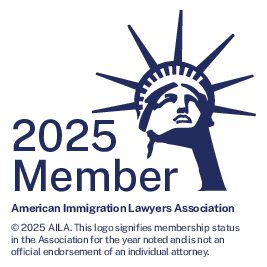They say the wheels of justice grind slowly. This is as true as ever in U.S. immigration.
USCIS has finally published processing time reports for its core benefits applications that match the reality of extraordinarily long delays. Some jaw-dropping examples:
Applications for Adjustment of Status (I-485, including marriage-based applications) at the San Francisco field office are estimated at 11.5 to 16.5 months; and 9.5 to 14 months at the Sacramento field office. As recently as summer 2017 these same applications were adjudicated in four to six months
Applications for Naturalization (N-400) at the San Francisco field office are estimated at 11 to 14 months; and 9.5 to 13 months at the Sacramento field office. Last year we routinely saw naturalizations processed in half that time.
If you think that’s bad: Petitions to Remove Conditional Residence (I-751) reviewed at the California Service are estimated at 17.5 to 19 months! You read that right. If you are granted conditional permanent residence for two years in the United States based on marriage to a U.S. citizen, it will then take another one and-a-half years, sometimes longer, to gain final approval for permanent residence.
As many know, a lot can happen both personally and professionally while the well-meaning immigrant awaits extraordinarily slow decisions from the government that affect his or her future. Prudent immigration practitioners will incorporate practical advice into their legal advice in these circumstances.
Be prudent about your finances. Keep records and documentary evidence well-organized and for long periods of time. Keep abreast of information USCIS routinely publishes online. Always check with your attorney before international travel. Don’t forget to update your address with USCIS if you move. Hope for the best, plan for the worst.
And, of course, don’t hold your breath.
FRW





